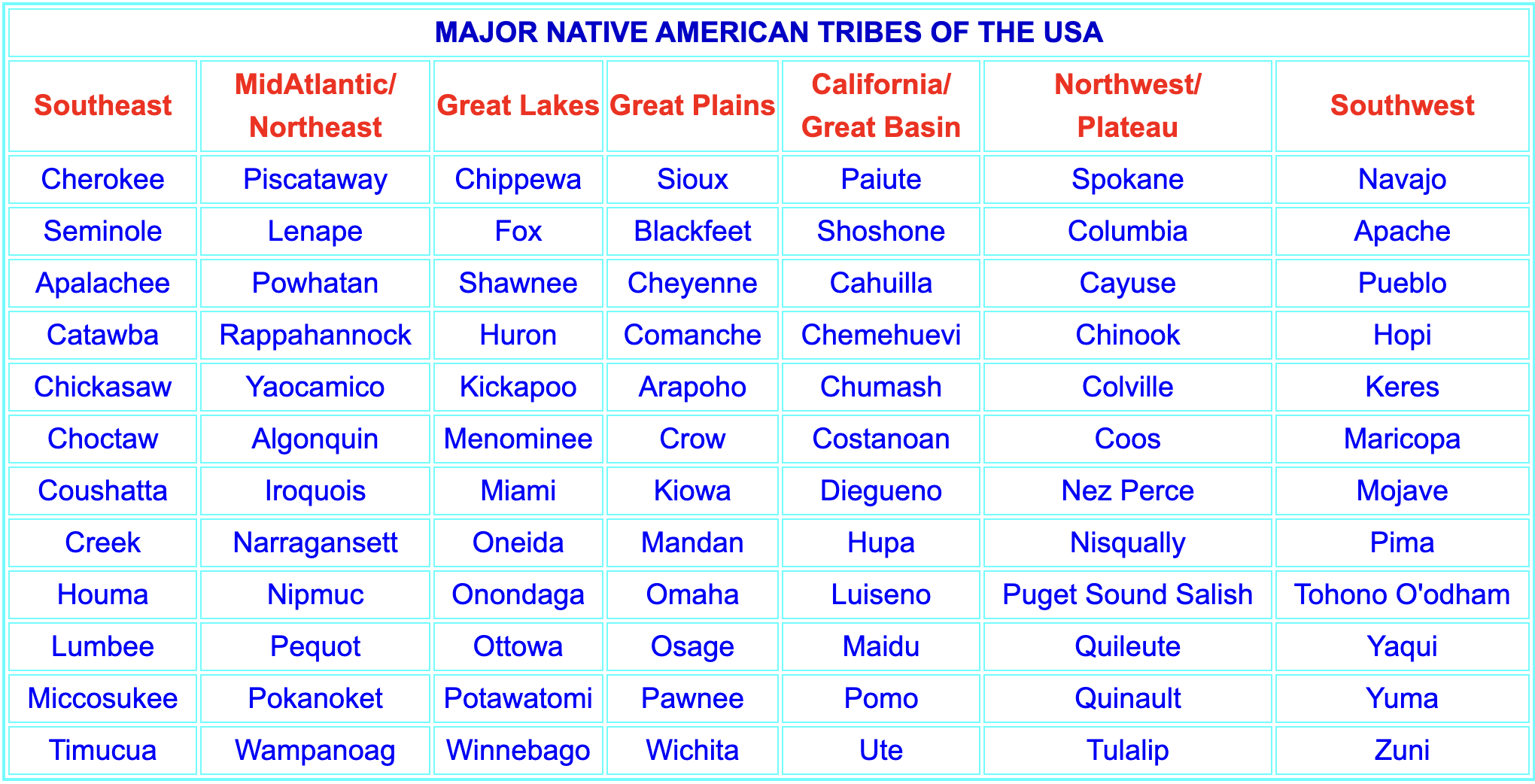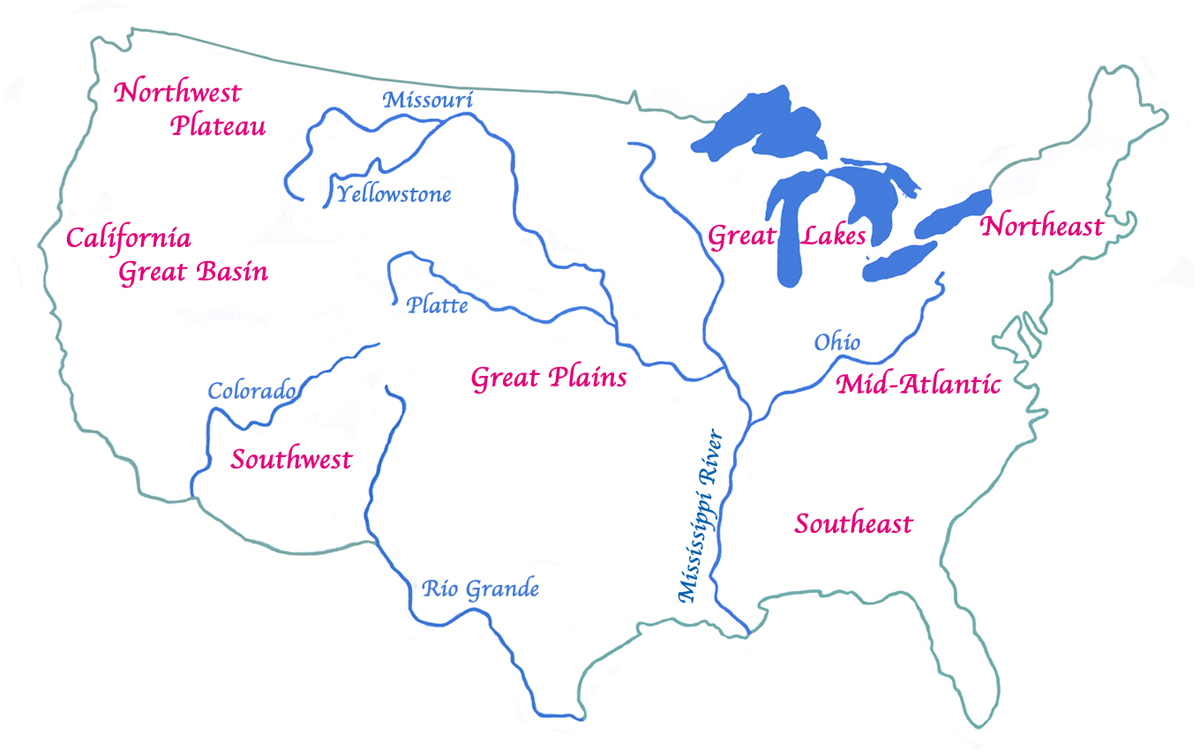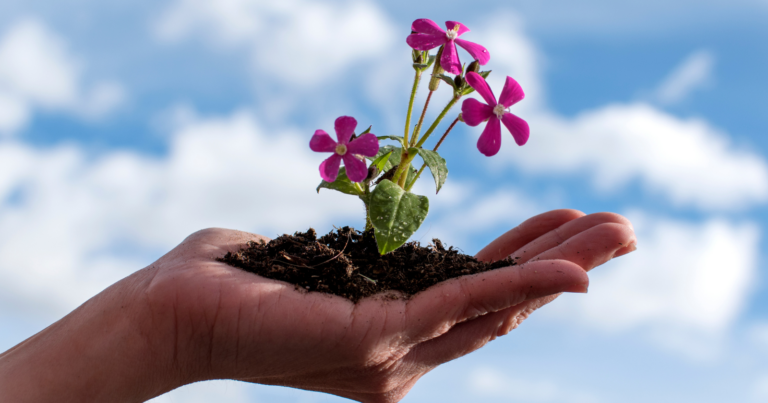Long before the arrival of Europeans, Native Americans thrived across the Americas, cultivating a deep bond with the land that sustained them.
Their lives, rich in culture and wisdom, offer timeless lessons on respect, community, and environmental stewardship.
From the sacred stories passed down through generations to the innovative agricultural practices that predate modern techniques, the legacy of Native Americans is a testament to their profound understanding of balance and harmony with nature.
This article explores the history and core values that define Native American cultures — values that continue to inspire and guide our spiritual growth today.
Early life and culture of Native Americans
Imagine stepping back in time, to a land where the Native Americans, the original guardians of the Americas, thrived.
They saw the world around them not just as a place to live, but as a living entity, Mother Earth, a sacred space where every animal, plant, and mineral was infused with spirit.
This profound connection to nature made them the continent’s first environmentalists and skilled horticulturists.
Their early life was a testament to adaptability and innovation.
Starting as big-game hunters and expert fishermen, they crafted the birch-bark canoe, a marvel of their ingenuity. But guess what?
Their relationship with the land didn’t stop there.
The discovery of maize, alongside squash and beans, marked the dawn of agriculture, transforming their way of life and the landscape around them.
From their sophisticated governance systems and agricultural innovations to their art, music, and spiritual practices, Native Americans have shaped the identity of this land long before European settlers arrived.
By the time Columbus arrived in 1492, mistakenly dubbing them “Indians,” these diverse cultures had formed over 300 languages — a testament to the vast array of tribes and traditions that spanned the continent. T
his rich mosaic of life underscores a legacy of resilience, ingenuity, and a deep-seated reverence for the natural world that continues to inspire.
How were Indians treated in the US?
The treatment of Native Americans in the United States is a complex and often tragic part of the country’s history.
Initially, interactions between Native Americans and European settlers were sometimes cooperative, with moments of mutual assistance and cultural exchange.
For example, Native Americans taught settlers agricultural techniques and played a crucial role in the survival of early European colonies.
However, as European settlement expanded, the relationship dramatically changed, marked by a series of conflicts, broken treaties, and forced relocations.
The Indian Removal Act of 1830, signed by President Andrew Jackson, led to the infamous Trail of Tears, where thousands of Cherokee and other tribes were forcibly removed from their lands, causing immense suffering and death.
In more recent history, there have been efforts to address these injustices, including the recognition of tribal sovereignty, the return of some lands, and the establishment of laws aimed at preserving Native American cultures and rights.
Still, the legacy of past treatment still affects many Native American communities today.
Major native American tribes of the USA
The United States is home to a rich diversity of Native American tribes, each with its unique culture, language, and history.
By the time of Christopher Columbus’s arrival in 1492, the land boasted over 300 distinct Native American languages, signaling a vast array of tribal societies spread across the continent.
Among the major tribes:
- In the Southeast, the Cherokee and Seminole tribes were prominent, known for their rich traditions and, in the case of the Seminole, never signing a treaty with the Federal Government.
- The Mid-Atlantic and Northeast regions were home to tribes like the Iroquois and Lenape, skilled in both agriculture and diplomacy.
- The Great Lakes area was populated by tribes such as the Chippewa and Sioux, renowned for their fishing and warrior societies.
- The Great Plains hosted the nomadic Sioux and Comanche, masters of horseback riding and buffalo hunting.
- In the Southwest, the Navajo and Apache tribes thrived, with the Navajo developing a unique code language used during World War II.
Here’s a list of the major tribes in the US and their locations:

The arrival of Europeans and their impact
The initial period of European exploration in the Americas brought about a swift and severe collision of worlds for Native Americans.
The newcomers brought with them diseases like smallpox, typhus, and measles, to which the Indigenous peoples had no immunity.
The result was catastrophic.
In fact, it is estimated that up to 90% of native Americans, perhaps numbering in the millions, died during the first century of contact with the Europeans.
The cultural and spiritual clash was just as profound.
Native Americans saw the land as a living being, as a mother who nurtured her children. The thought of buying and selling land was unthinkable to them.
On the other hand, Indians saw the offers from Europeans for land to build and farm as joining an existing relationship, not to transfer ownership.
Misperception ensued.
Some tribes resented the attempts of the Europeans to convert them to Christianity.
And third, the Indian tribes, with the exception of the Five Nation Iroquois, lacked unity, and, as most of the European nations at the time, were often rivals with each other.
This made them vulnerable to the Europeans with their superior weaponry.
Conflicting views
The differing worldviews between Native Americans and European settlers, particularly in relation to land and spirituality, laid the groundwork for centuries of conflict and misunderstanding.
Native Americans viewed the land as a living entity — a mother who nurtured her people and to whom respect was due.
This spiritual connection to the land was fundamental to their existence and informed their stewardship of the environment.
The concept of buying and selling land, a norm for Europeans, was alien and inconceivable to many Native American tribes.
European efforts to convert Native Americans to Christianity often clashed with indigenous spiritual beliefs. The settlers’ attempts to impose their own understanding of divinity and land ownership only widened the cultural chasm.
Fundamental value misalignments sparked numerous conflicts because Native American tribes often misunderstood land transactions or Europeans forcibly imposed them.
- Land as a living entity vs. a commodity to be owned and sold.
- Spiritual beliefs deeply connected to nature vs. conversion to Christianity.
- Misunderstandings over land transactions leading to conflict.
The imposition of European values on Native American societies marked the beginning of systemic dispossession. This marginalization that Native American communities continue to fight against today.
Struggle for survival
Native American history with European settlers shows their resilience against adversity.
Despite the devastating effects of disease, which decimated populations even before wars and displacement began, Native American tribes fought to preserve their ways of life, lands, and sovereignty.
The lack of unity among tribes, often cited by historians, did not prevent several strong coalitions and confederacies from forming in resistance to European encroachment.
Figures like Tecumseh and his brother Tenskwatawa (the Prophet) sought to unite various tribes against settler expansion, advocating for a return to traditional ways and rejection of alcohol and European goods.
The Battle of Tippecanoe and subsequent conflicts underscored the depth of Native American resistance.
Despite facing overwhelming odds, including superior European weaponry and military tactics, Native American warriors demonstrated incredible courage and strategic acumen.
The main values of the Native Americans
1) Resilience and resistance
Native American history is steeped in a resilience that is as vast as the lands they once roamed.
They have withstood centuries of challenges, persisting and adapting in the face of adversity and change, all while striving to preserve their cultural identity and sovereignty.
2) Connection to nature
“The Earth does not belong to us; we belong to the Earth.”
This simple yet profound statement encapsulates the Native American relationship with the natural world.
Unlike the European settlers’ view of dominating nature, Native Americans see themselves as part of the natural order, with a sacred duty to protect it.
This perspective offers a stark contrast to modern attitudes toward environmental exploitation and suggests that sustainability isn’t a new concept but a fundamental principle embedded in the oldest cultures on this continent.
3) Communal living and mutual respect
Ironically, many contributions of Native Americans to modern society are often overlooked.
From foods like corn, potatoes, and tomatoes that have become staples worldwide, to democratic principles that influenced the United States Constitution, their impact is immense yet underrated.
Exploring this theme reveals a counter-intuitive truth: much of what we consider modern innovation has ancient roots in Native American traditions and knowledge.
4) Stewardship of the land
As the first environmentalists, Native Americans have always practiced careful stewardship of the land.
They manage natural resources sustainably, ensuring that the environment remains fertile and bountiful for future generations, a true reflection of their forward-thinking guardianship.
5) Wisdom and oral tradition
The oral traditions of Native Americans are a rich repository of accumulated wisdom.
Through stories, songs, and ceremonies, they pass down knowledge and history, ensuring that the teachings of ancestors continue to guide and inform future generations.
Modern native American communities
The legacy of Native Americans in today’s society is profound, influencing various aspects from environmental stewardship to political activism.
After centuries of colonization and forced assimilation, Native American communities have preserved and revitalized their cultures, languages, and traditions.
The Navajo Code Talkers’ contribution during World War II exemplifies the critical role that Native Americans have played in shaping the nation’s history, utilizing their unique heritage for the greater good.
Recent decades have seen a resurgence in recognizing and honoring these contributions, alongside a growing movement towards sovereignty and self-determination among Native American tribes.
Legal victories have affirmed treaty rights, land claims, and have provided a basis for economic development through enterprises such as gaming.
Furthermore, figures like Kateri Tekakwitha — the first Native American saint — symbolize the blending of indigenous and Christian spiritualities, reflecting the complex tapestry of belief that characterizes modern Native American identity.
Population Resurgence
The 2010 U.S. Census marked an important milestone in acknowledging the growth and vitality of the Native American population.
With over 5 million people identifying as American Indian or Alaska Native alone or in combination with other races, this demographic experienced a significant increase since 2000.
States like California, Oklahoma, Arizona, New Mexico, and Texas boast the largest populations of Native Americans, highlighting a diverse presence across the country.
This resurgence is not merely statistical; it represents a reclamation of identity and heritage among many individuals who are reconnecting with their ancestral roots. Efforts towards language revitalization, cultural preservation programs, and educational initiatives aimed at teaching younger generations about their rich histories are pivotal in this renaissance.
- Significant increase in individuals identifying as American Indian or Alaska Native.
- Reclamation of identity and heritage through cultural initiatives.
- Language revitalization programs fostering a sense of community.
The flourishing population underscores a vibrant future for Native American communities as they continue to contribute to society while preserving their unique heritage.
This demographic growth mirrors an awakening consciousness among Native Americans towards self-identification, pride in their origins, and an unwavering commitment to carry forward their legacies into future generations.
Final thoughts: Preserving heritage
As we reflect on the vibrant tapestry of Native American cultures, we’re reminded of the profound importance of preserving this rich heritage.
It’s not just about honoring the past — it’s about carrying forward the wisdom, resilience, and deep respect for nature that defines these communities.
Each tribe’s story is a chapter in the larger narrative of humanity’s relationship with the earth and with one another.
By safeguarding these traditions, languages, and ways of life, we keep alive the spirit of diversity and the enduring legacy that has so much to teach us all about living in harmony with the world around us.













